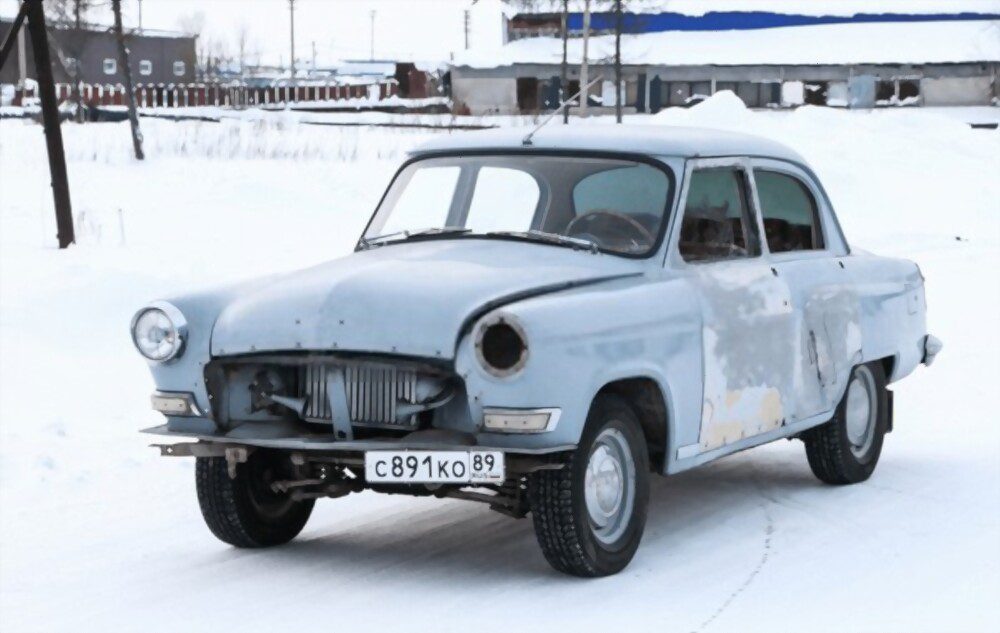Buying a car can be a significant investment, and many people opt to purchase second-hand cars to save money. However, buying a damaged car comes with its own set of pros and cons that should be carefully considered before making a decision. On one hand, purchasing a damaged car can result in significant savings, and if repaired correctly, can provide reliable transportation for years to come. On the other hand, there is the risk of hidden damages that can be costly to fix and may make the car unsafe to drive. In this article, we will explore the pros and cons of second hand cars brisbane and help you determine if it’s worth the risk. So, buckle up and let’s dive in!
What Are Second-Hand Damaged Cars?
Second-hand damaged cars are vehicles that have been previously owned and have been involved in an accident or have experienced some form of damage. These cars usually have a history of repairs and may have been salvaged, meaning they were considered a total loss by the insurance company due to the extent of their damage. Damaged cars can also come from other sources such as theft recovery or hail damage.
While some damaged cars may have only minor cosmetic damage, others may have sustained damage to the engine or other vital components, which can be costly to repair. It is important to thoroughly inspect the vehicle before making a purchase to ensure that all damages are identified and accounted for.
Advantages of Buying Second-Hand Damaged Cars
One of the most significant advantages of buying second-hand damaged cars is the lower cost. Damaged cars are typically sold at a discounted price compared to their undamaged counterparts. This can result in significant savings for buyers who are willing to take on the risk of purchasing a damaged car. Additionally, some insurance companies offer lower premiums for salvaged vehicles, which can save owners money in the long run.
Another advantage of buying a damaged car is that it can be an opportunity for car enthusiasts or mechanics to purchase a project car. These vehicles can be used as a canvas for customization and can be a fun and rewarding project for those who enjoy working on cars.
Finally, buying a damaged car can also be a sustainable choice. By purchasing a damaged car and repairing it, you are helping to reduce waste and promote sustainability by giving a second life to a vehicle that may have otherwise been scrapped.
Disadvantages of Buying Second-Hand Damaged Cars
While buying a damaged car can result in significant savings, it also comes with its own set of disadvantages. The most significant disadvantage is the risk of hidden damages. Damaged cars may have underlying mechanical or structural issues that may not be immediately apparent. These hidden damages can be costly to repair and may make the car unsafe to drive.
Another disadvantage of buying a damaged car is that it may be difficult to obtain financing. Many lenders are hesitant to finance damaged cars due to the increased risk involved. This means that buyers may need to pay for the car in cash or find alternative financing options.
Finally, it is important to note that damaged cars may have a lower resale value compared to undamaged cash 4 cars. This means that buyers may not be able to recoup their investment when they decide to sell the car.
Types of Damages In Second-Hand Cars
There are several types of damages that can occur in second-hand cars, and it is important to be aware of them before making a purchase.
The most common type of damage is cosmetic damage, which includes scratches, dents, and other surface-level damage. While cosmetic damage may not affect the car’s performance, it can impact the car’s resale value and may be costly to repair.
Structural damage is another type of damage that can occur in second-hand cars. This type of damage affects the car’s frame and can be costly to repair. It is important to thoroughly inspect the car’s frame before making a purchase to ensure that there is no structural damage.
Finally, mechanical damage can occur in second-hand cars. This type of damage affects the car’s engine or other vital components and can be costly to repair. It is important to have a mechanic inspect the car before making a purchase to identify any mechanical issues.
Factors To Consider Before Buying Second-Hand Damaged Cars
Before purchasing old cars collection Brisbane, there are several factors that should be carefully considered.
The first factor to consider is the extent of the damage. While minor cosmetic damage may be easy and inexpensive to repair, more extensive damage can be costly and may make the car unsafe to drive.
The car’s history is another important factor to consider. It is important to obtain a vehicle history report to check for any accidents or previous repairs. This will give you a better idea of the car’s condition and potential issues.
It is also important to consider the availability of replacement parts. Some damaged cars may require rare or hard-to-find parts, which can be costly and difficult to obtain. Buyers should ensure that replacement parts are readily available before making a purchase.
Finally, it is important to consider the cost of repairs. Buyers should obtain repair estimates from a trusted mechanic to ensure that they have a clear understanding of the total cost of repairs before making a purchase.
How To Inspect Second-Hand Damaged Cars
Inspecting a second-hand damaged car is crucial to identify any hidden damages and potential issues. The following steps can help buyers inspect a damaged car before making a purchase:
- Check the car’s exterior for any signs of damage, including scratches, dents, and rust.
- Inspect the car’s frame for any signs of structural damage, including cracks or bends.
- Check the car’s tires for wear and tear and ensure that they are properly inflated.
- Inspect the car’s engine for any signs of leaks or damage.
- Test drive the car to check for any issues with the car’s performance, including acceleration, braking, and steering.
How To Negotiate The Price of Second-Hand Damaged Cars
Negotiating the price of a second-hand damaged car can be a challenge, but there are several strategies that buyers can use to get a fair deal.
The first step is to thoroughly inspect the car and identify any potential issues. This will give buyers a better understanding of the car’s condition and potential repair costs.
Buyers should also research the car’s market value to ensure that they are not overpaying for the vehicle. This can be done using online resources such as Kelley Blue Book or Edmunds.
Finally, buyers should be prepared to walk away if they cannot reach a fair agreement with the seller. There are plenty of other where to sell my old car, and buyers should not feel pressured to make a purchase if they do not feel comfortable with the price.
Why It May Be Worth the Risk
Despite the risks involved, buying a second-hand damaged car may be worth it for some buyers. The lower cost of damaged cars can result in significant savings, and for car enthusiasts or mechanics, damaged cars can be a fun and rewarding project.
Additionally, by purchasing a damaged car and repairing it, buyers can promote sustainability by giving a second life to a vehicle that may have otherwise been scrapped.
Ultimately, whether or not buying a second-hand damaged car is worth the risk depends on the buyer’s individual circumstances and priorities.
Conclusion
Buying a second-hand damaged car comes with its own set of pros and cons, and buyers should carefully consider these factors before making a purchase. While damaged cars can result in significant savings, they also come with the risk of hidden damages and potential safety concerns. By thoroughly inspecting the car and doing their research, buyers can make an informed decision and determine if buying a second-hand damaged car is worth the risk.





